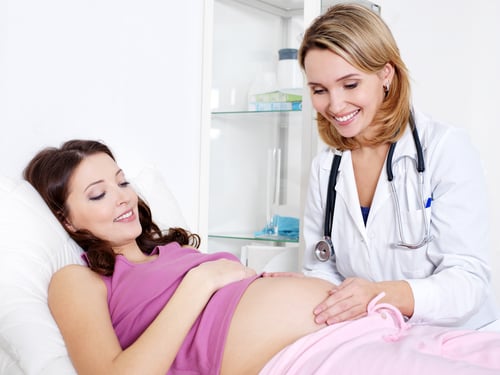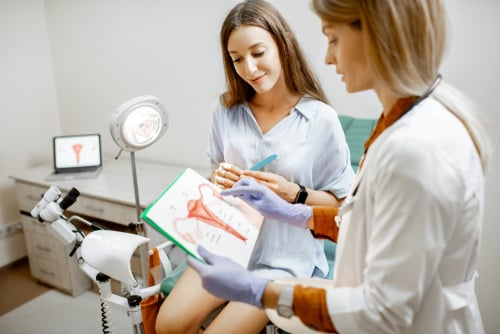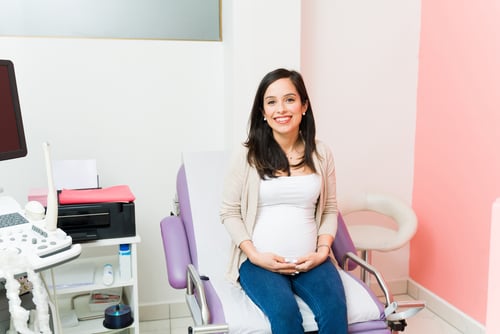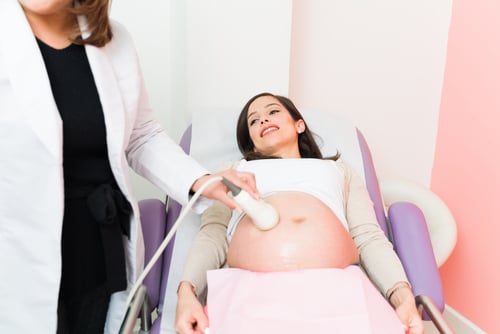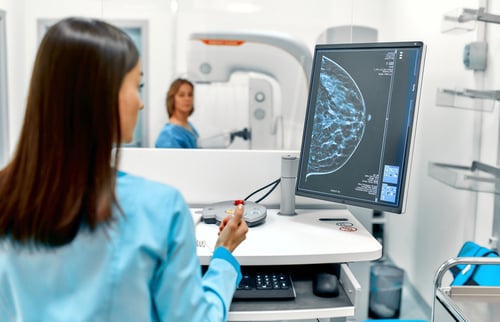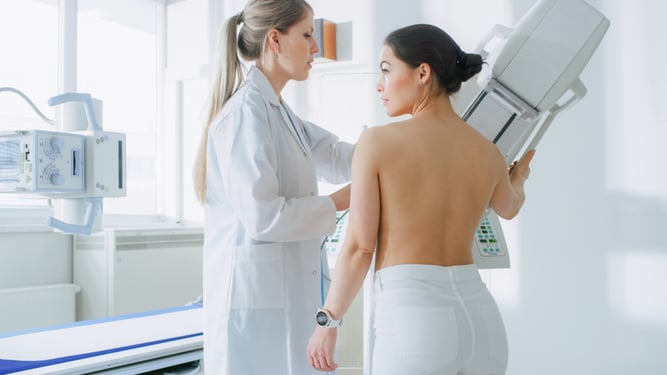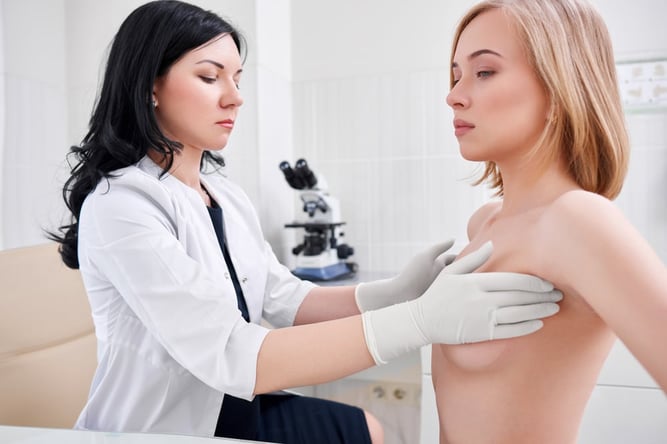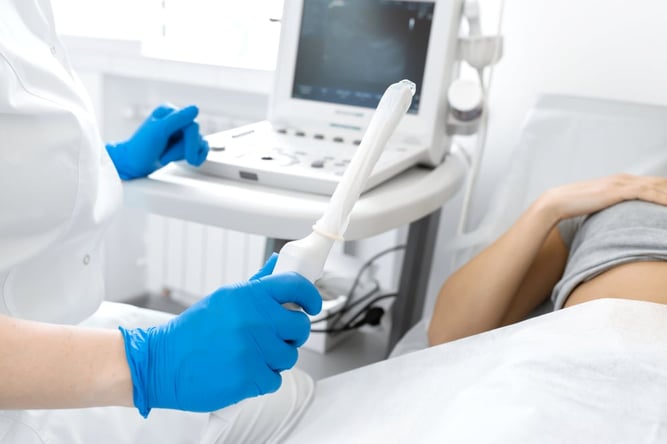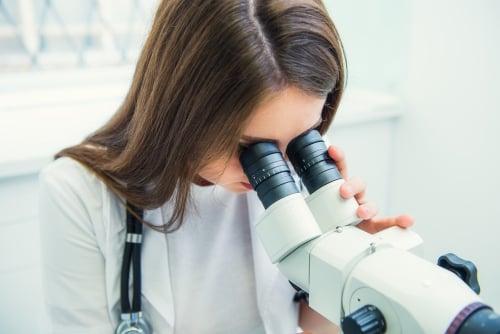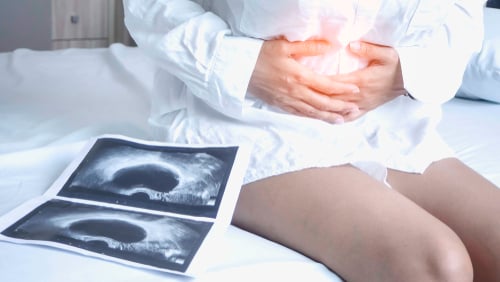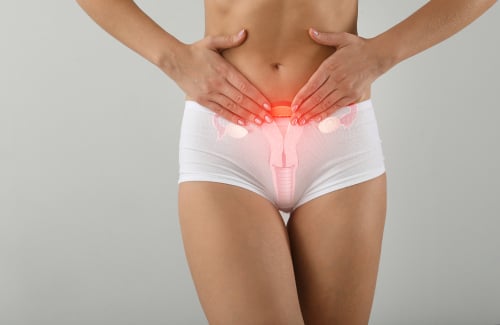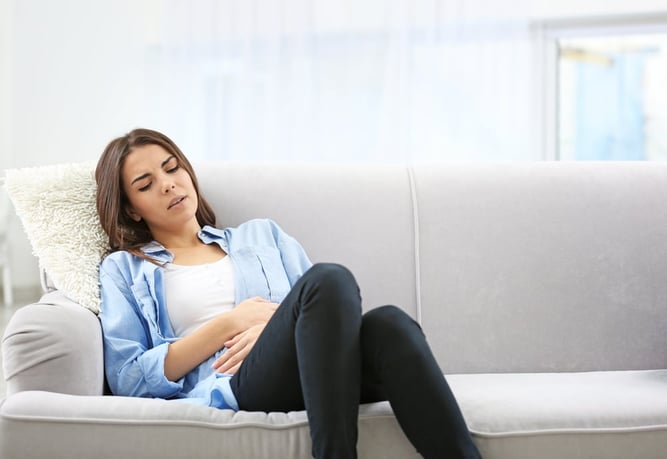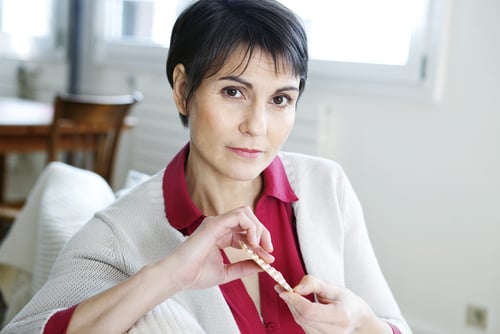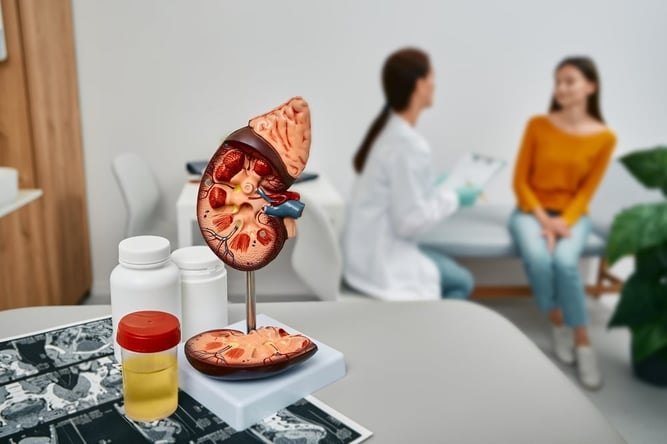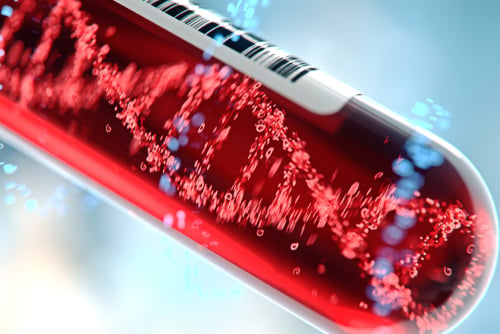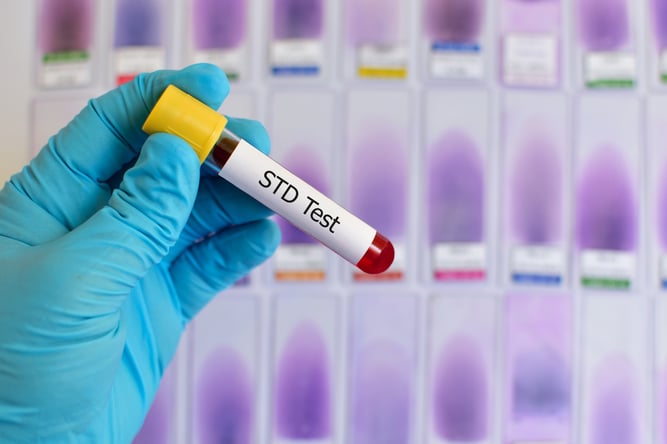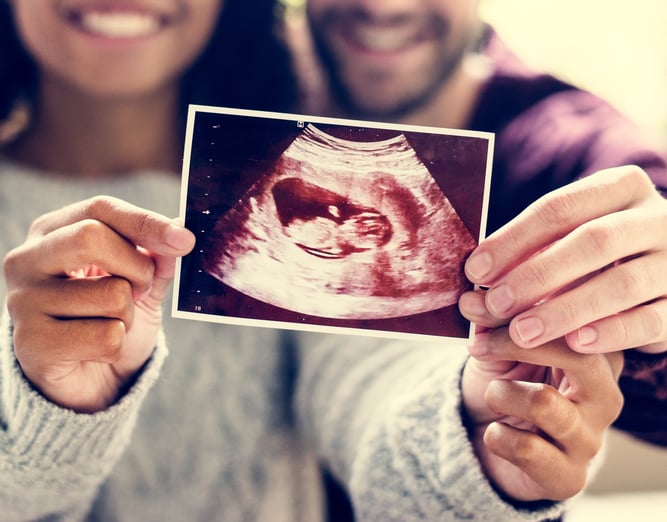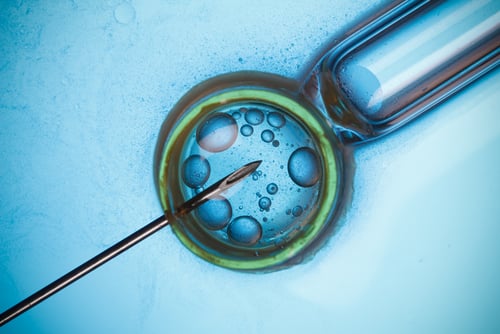What Causes Endometriosis?
Endometriosis, a complex and painful condition, impacting countless women globally. While its exact cause is still under study, various factors are thought to play a role. Explore these potential causes in this article, illuminating the current scientific knowledge.
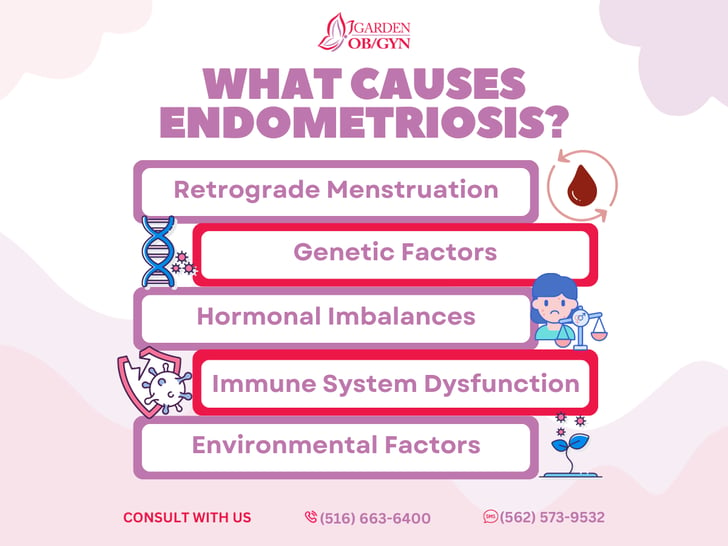
Endometriosis is a complex and often painful medical condition that affects millions of women worldwide. Although the exact cause of endometriosis remains a subject of ongoing research, several factors have been proposed to contribute to the development of this condition. In this article, we will delve into the potential causes of endometriosis, shedding light on the current scientific understanding.
- Retrograde Menstruation
One of the leading theories about the cause of endometriosis is retrograde menstruation. This occurs when menstrual blood, along with fragments of endometrial tissue, flows backward through the fallopian tubes and into the pelvic cavity instead of exiting the body. The endometrial tissue then attaches to various pelvic organs and starts to grow, leading to endometriosis implants.
- Genetic Factors
There is strong evidence to suggest a genetic component in the development of endometriosis. Women who have close relatives, such as a mother or sister, with endometriosis are at a higher risk of developing the condition themselves. Research has identified specific genetic variations associated with endometriosis, though the precise genetic mechanisms are still under investigation.
- Hormonal Imbalances
Hormonal imbalances, particularly elevated levels of estrogen, are thought to play a significant role in the development and progression of endometriosis. Estrogen is a hormone that promotes the growth of the endometrial tissue. In women with endometriosis, this excess estrogen can lead to the proliferation of endometrial implants outside the uterus.
- Immune System Dysfunction
Another theory suggests that abnormalities in the immune system may contribute to the development of endometriosis. The immune system's role is to detect and eliminate foreign substances in the body, including endometrial tissue that may escape into the pelvic cavity. In women with endometriosis, the immune system may fail to recognize and remove these tissue fragments, allowing them to implant and grow.
- Environmental Factors
Some environmental factors have been linked to the risk of developing endometriosis. These include exposure to certain toxins, such as dioxins and polychlorinated biphenyls (PCBs), which may disrupt hormonal balance and increase susceptibility to endometriosis. More research is needed to establish the precise relationship between environmental factors and the condition.
Other Theories
There are other theories and potential risk factors that researchers continue to explore. These include:
-
Metaplasia: Some scientists believe that certain cells in the pelvic region can transform into endometrial-like cells, leading to the formation of endometrial implants.
-
Lymphatic or circulatory spread: It has been proposed that endometrial tissue may spread through the lymphatic or circulatory systems to distant sites in the body.
-
Autoimmune factors: Some studies have suggested that autoimmune dysfunction might play a role in endometriosis.
Endometriosis is a multifaceted condition with a range of possible causes, each contributing to the complex nature of the disease. While considerable progress has been made in understanding the factors that may lead to endometriosis, more research is needed to unravel the full complexity of the condition. A combination of genetic, hormonal, immunological, and environmental factors likely contributes to the development of endometriosis, and ongoing research is focused on identifying precise mechanisms and potential targets for treatment and prevention.
